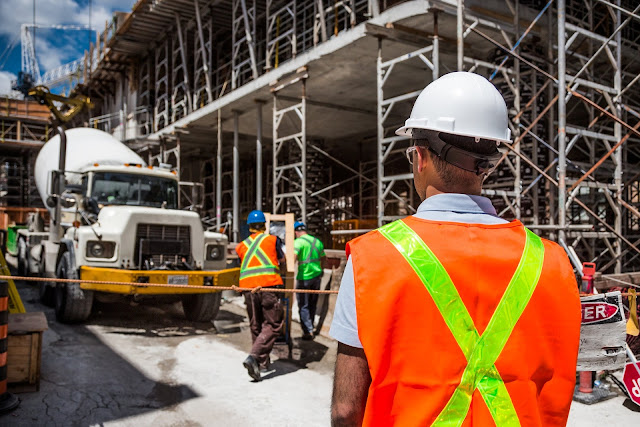TIPS to Improve Safety on Your Construction Site
Construction sites are commonly seen in our daily lives whether it's road construction or building construction, this particular industry it is one of the largest business sectors in North America. As easy as it is to encounter one in our everyday lives, accidents on construction sites are very common. Statistics show that one in ten construction workers are injured every year with 5.4 hand injuries on average per 100 employees annually. Cuts and lacerations was the most reported injury with bruises from impacts being the second most common. Over the course of a 45-year career, a construction worker has a 1 in 200 chance of dying. Therefore, workers need to make safety their number one priority making sure that the site is in a condition with lowest chance of any possible accidents. They also need to make sure they're wearing the right gear to protect themselves from any risks while on the job.
Here are some tips to improve safety on your site:
1. Make Safety Your First Priority
Safety should be the top priority on construction sites before anything else. It is also important to have a dedicated safety manager on site for research shows that construction sites with onside safety managers are 3.5 times less likely to have accidents than those without a dedicated manager. Companies that have a dedicated safety manager on site promote construction safety with a common goal in mind that every single person will step off the site in the same condition they stepped on the site.
Step 2: Have Regular Safety Training
It is important to not miss safety trainings although it may be easy to let them slide by with the amount of construction work ahead. Having safety training emphasizing on the importance of PPE(personal protective equipment) allows workers to be aware of the different types of PPE required for each job, resulting in less injuries. Safety training is the most cost-effective way to reduce injuries on site and they don't necessarily have to be long. They can be quick like a short toolbox talk at the beginning of a shift. The length of the training doesn't matter as long as it's held regularly.
Step 3: Invest in proper PPE
Like how the saying goes, "a cheap purchase is money lost", it is important to make sure you invest in the proper safety gear. Purchasing a high-quality pair of PPE gloves for example, may seem more expensive initially, however on the long run, it is an investment worth the price. It will last longer and protect workers from any injuries or any possible accidents.







Comments
Post a Comment